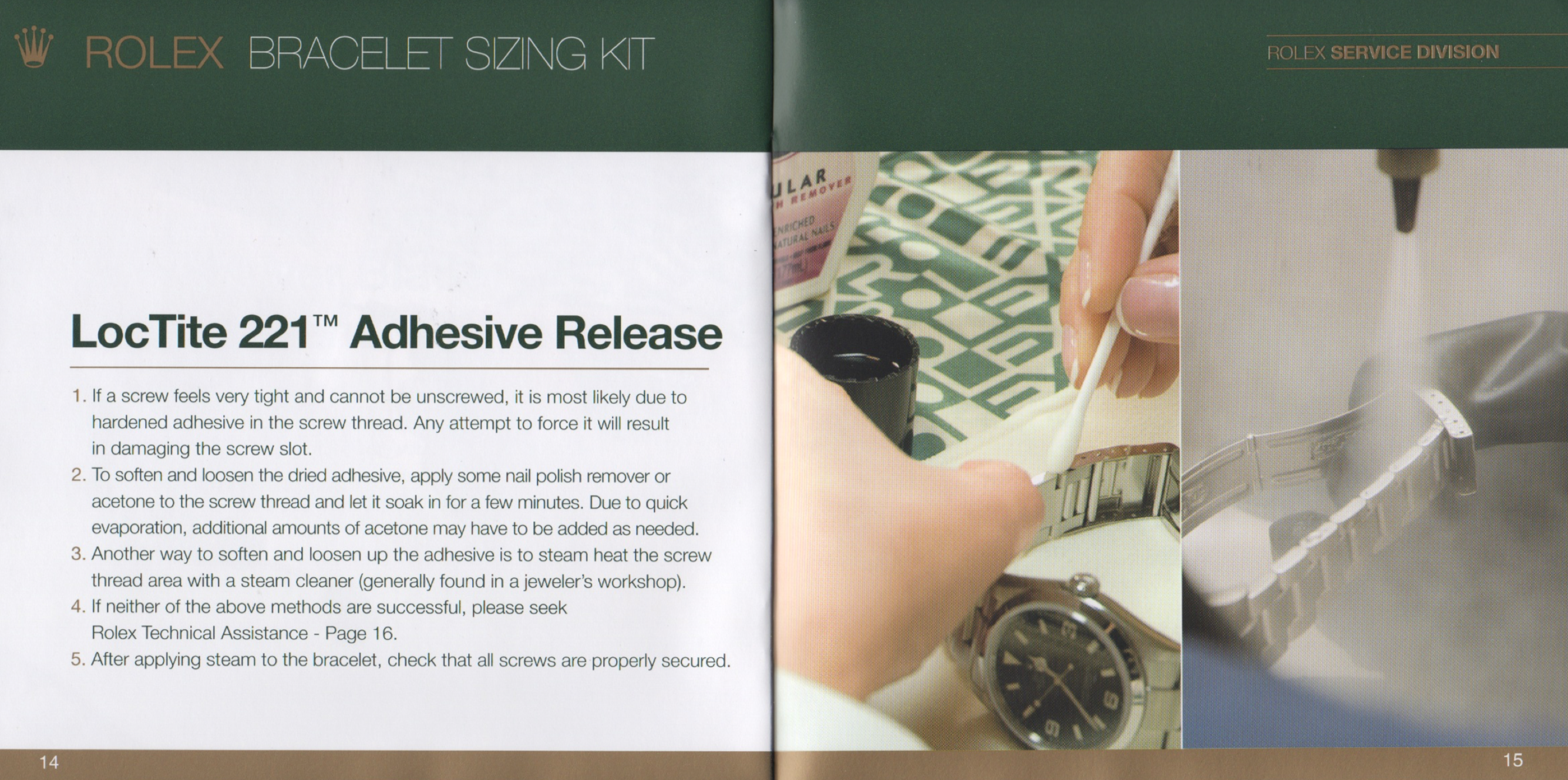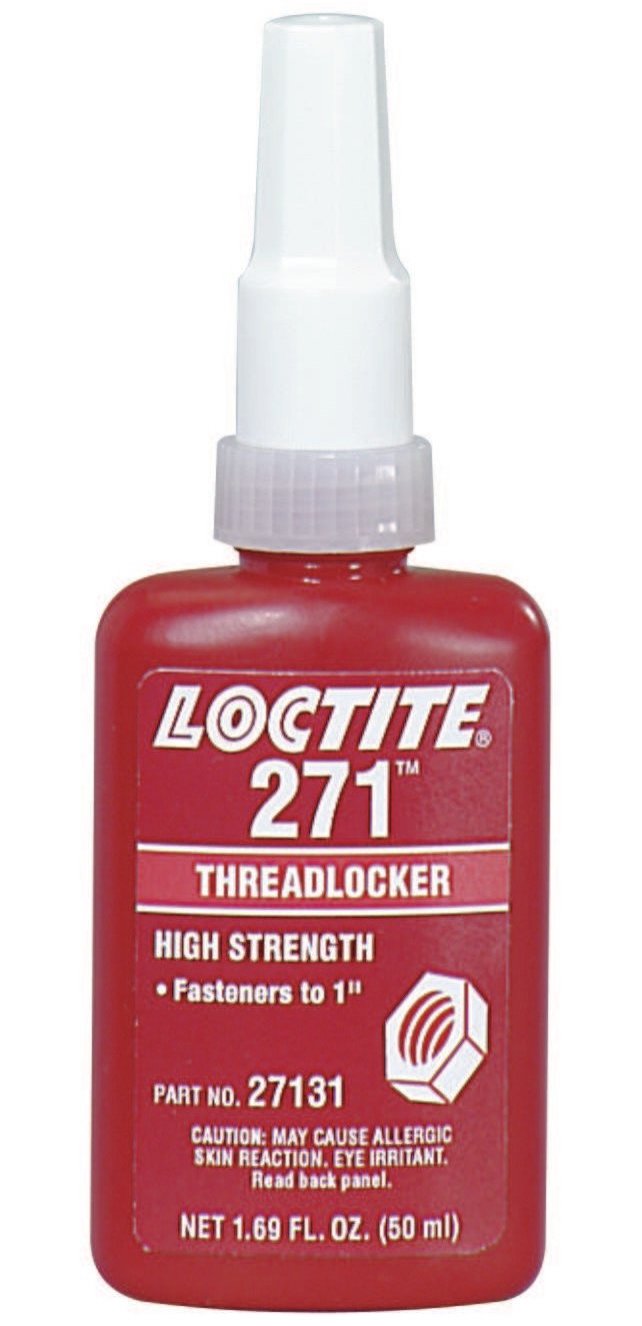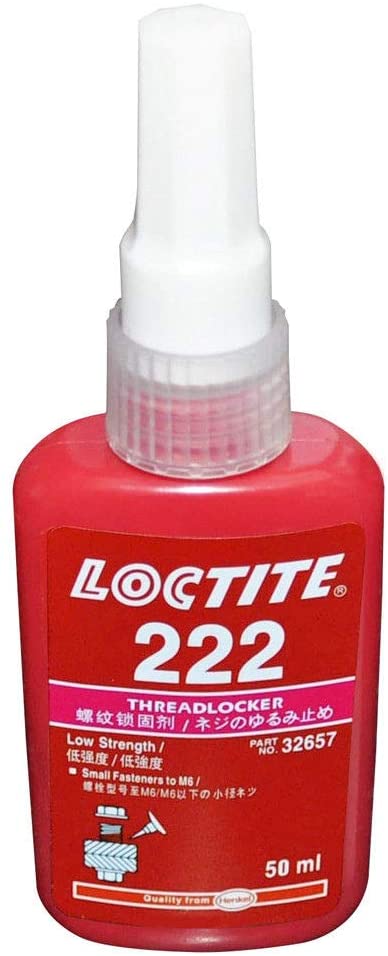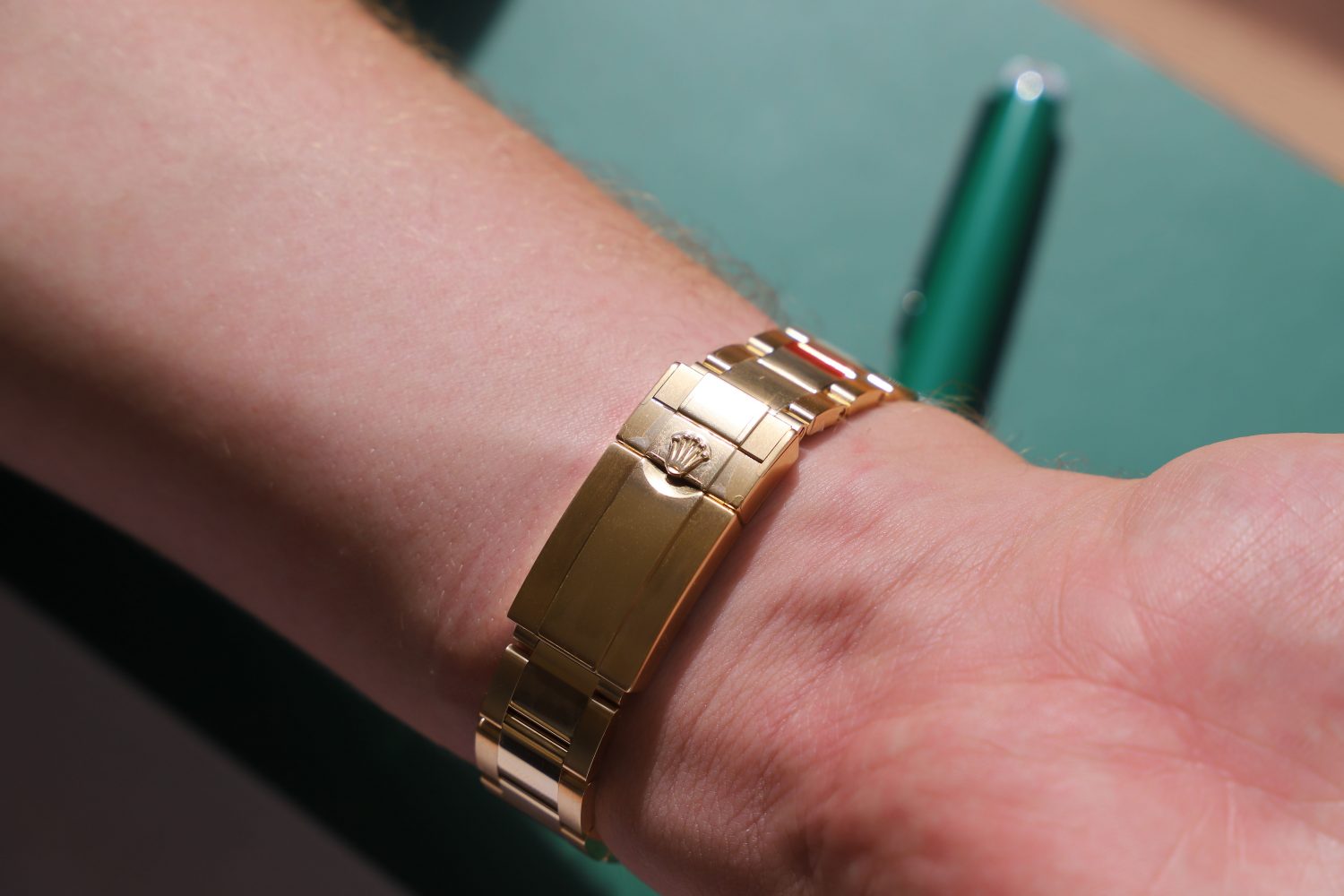
Loctite Glue for Watch Bracelets- Complete Guide
Chances are, you’ve heard about applying Loctite glue to watch bracelet screws. But is this really necessary and something you should be doing?
Most watches that use metal bracelets are built up of links that create a bracelet. And many watches use screws to attach the links together, whilst some use pins. The potential issue with screws is that although they are screwed down, they may, over time, loosen and come out. In the worst case, they may completely come out, thus causing your watch either to fall to the ground and break or, if you don’t notice it, lose it forever.
Whilst the risk of the screws coming out from the bracelet isn’t huge if they have been screwed in properly, it can be better to be safe than sorry. This is why many people, including many watchmakers – in particular Rolex watchmakers, apply Loctite glue to the screws which ensures they are kept in place at all times.
If you have bought a Rolex watch from an official retailer and had the bracelet sized for your wrist, the standard procedure is to add Loctite to the screw when resizing it. It also comes as standard procedure from the Rolex factory on all screws, which you will notice if you unscrew a screw, on which you can find glue residue.
So whilst adding Loctite glue to your bracelet screws isn’t absolutely necessary as long as you ensure the screws are screwed-down and keep an eye on them, it may be a good idea in order to minimize any risk of losing your watch.
Let’s look closer at what kind of glue you can use and how you do it.
Loctite Glue for Watch bracelet screws
If you are sizing your bracelet, it is a good idea to add some Loctite glue to your screw tips before inserting them into the bracelet. Depending on the glue you use, it tends to be more difficult to remove the bracelet once you need to unscrew it, but this is absolutely worth it.
Here are the simple steps for applying Loctite glue to your bracelet screws:
- Get a suitable Loctite glue (more on this later
- Remove the bracelet screws from the bracelet that you wish to add glue to,
- Put a small amount of Loctite on the tip of the screw (this is the female thread section). You can do this either by touching the tip of the screw on the container with glue or using a toothpick, for example. You don’t need to cover the whole threading since this will be distributed once you screw it in. Use a moderate amount of glue, because if you use too much, it will end up being pushed out to the bracelet links.
- Remove any excess glue with a paper, towel, or microfiber cloth
- Replace the screw into the bracelet again and screw it in place as you normally would. Make sure the bracelet is well-attached
If you have your watch bracelet sized at a Rolex official retailer and you have a Rolex, the Loctite glue process comes as standard. If you do it at a regular watchmaker or have a different brand, the process of adding glue may not come as a standard procedure.
All Rolex official retailers use a regular container instead of a tube, and this makes it easier for them to apply the glue to the screw since they can simply “rub” the tip of the screw against the top in order to get as much glue as they need in an easy way without having to use a toothpick or other too. Some also follow Rolex’s instructions, which can be seen at the bottom of this article.
Which glue should you use?
Loctite glue is considered the best glue for this purpose.
In fact, this is what Rolex uses at the factory, and it is also the glue that Rolex requires official Rolex retailers to use when performing this step.
Rolex uses both Loctite 222 and 221 for their bracelet sizing kits. With that said, these are two great alternatives, but there are also a few other Loctite alternatives that will do the job as well.
Loctite 242 is blue, and this is a medium-strength thread locker glue. Since this is relatively hard, it is generally a good idea to heat it in order to be able to remove the screw.
Loctite 242
The Loctite 271 is a red Loctite glue with high strength. In order to remove screws that use this glue, you generally need to heat the link/screw first in order to be able to unscrew it.
Loctite 271
The Loctite 222 and 221 are the same and are low-strength which makes it a lot easier when it is finally time to unscrew a screw, whilst of course ensuring the screw is held in place. Generally, Loctite 221 is found in European markets and Loctite 222 in international markets.
Loctite 222
Rolex guide for applying Loctite to the bracelet screws
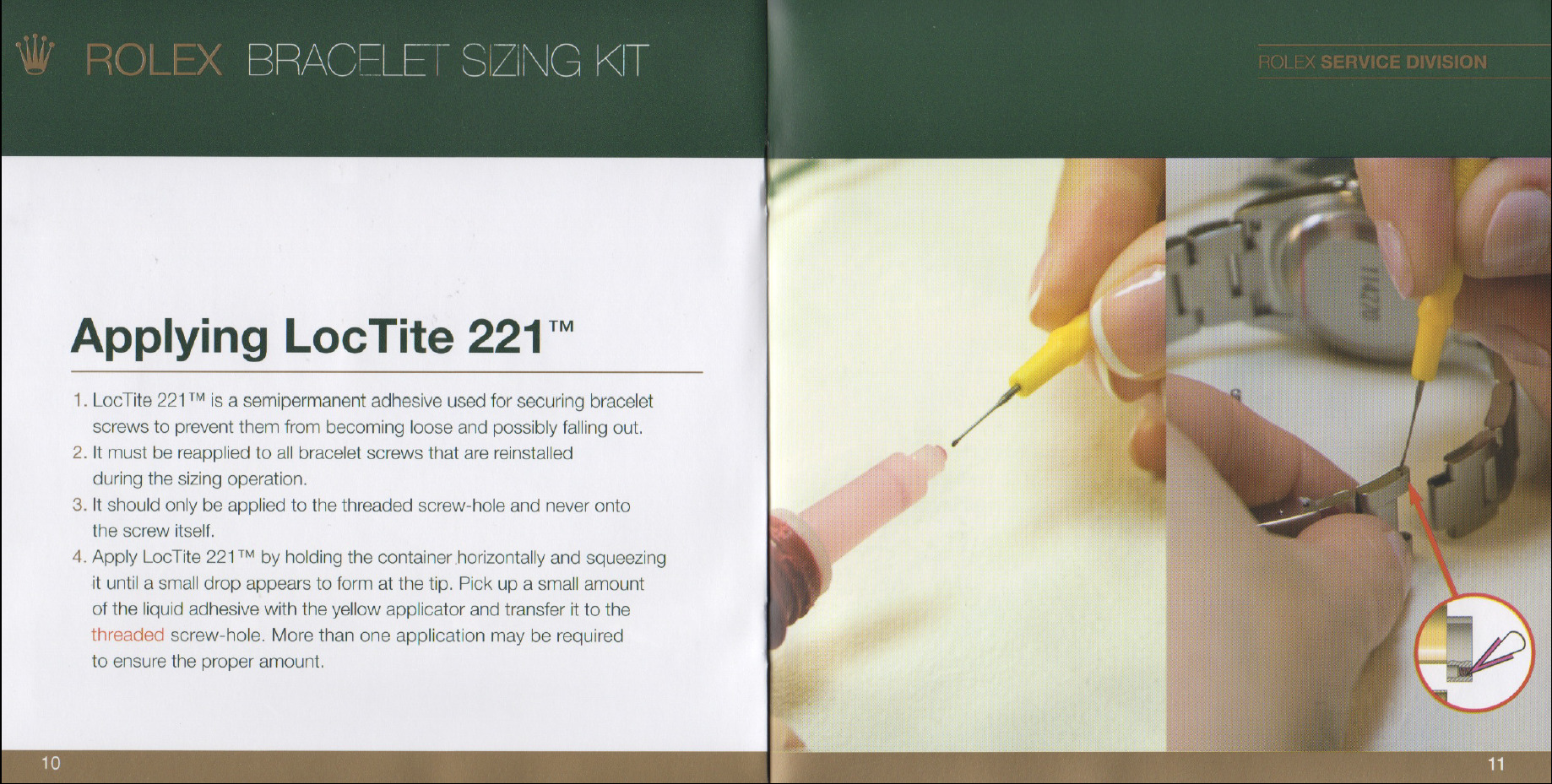
Rolex guide for removing watch bracelet screws
